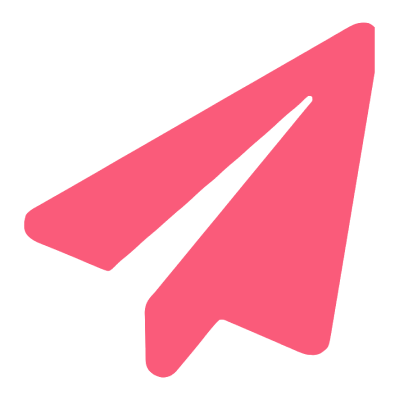
Every discussion on On Demand is incomplete without mentioning Uber. What made its concept revolutionary was its comprehensive treatment, starting from aggregating the supply – hailing the cabs – payment and reviews rather. This full stack company decided to deal with all the aspects of taxi hailing experience.
If you are looking to create something that can be described as an “Uber for X”, more often than not you will be attempting an online-offline integration in a certain vertical. There are so many moving parts associated with the problem at hand that, more often than not, key decisions have a tendency to be overlooked.
Let’s assume that the problem you are trying to solve through your business idea falls in the broad ambit of creating an online-offline integration. Invariably you will go on to create a solution that leverages ubiquitous smartphones to aggregate demand and make the supply more efficient.
But, there can be multiple business models revolving around the overarching concept.
For instance, you want to solve the problem of making beauty appointments or want to create a logistics framework to deliver meals at your doorstep. These are the possible business models you can adopt:
These stark and many other subtle differences in how you enable your end customers and service providers can very well be the difference between a platform that attains liquidity and the one that doesn’t. The choice of the business model can depend on the vertical you are operating in, cultural nuances of the geography you are starting from and whether you are bootstrapping or backed by VC war chests. This blog series aims to explain these models in depth, you that you have the better understanding of which path to take in your on demand journey.
Subscribe to stay ahead with the latest updates and entrepreneurial insights!

Subscribe to our newsletter
Get access to the latest industry & product insights.


































